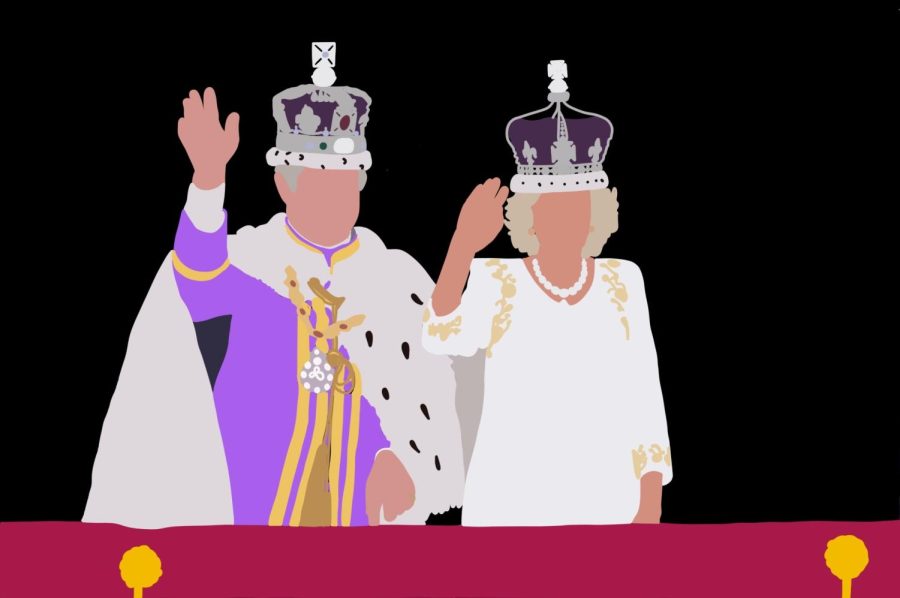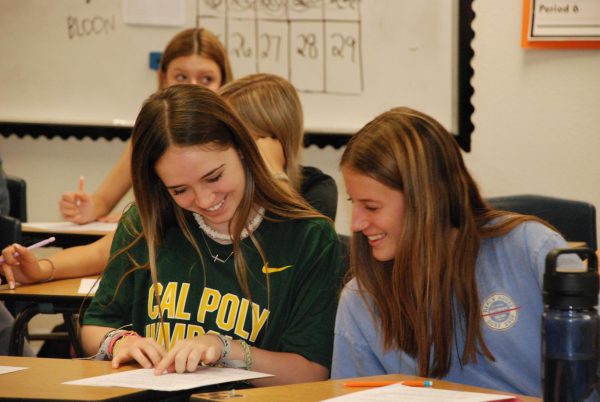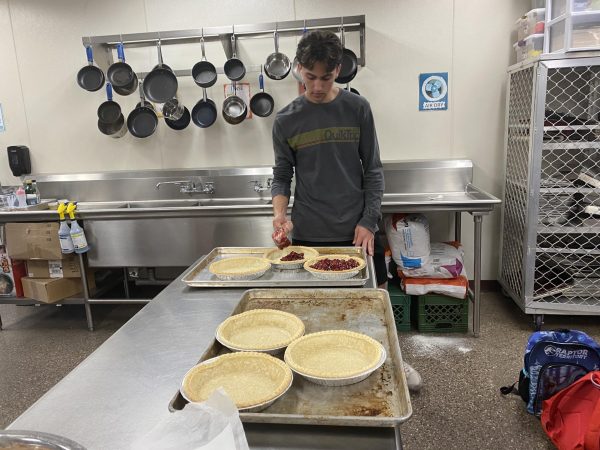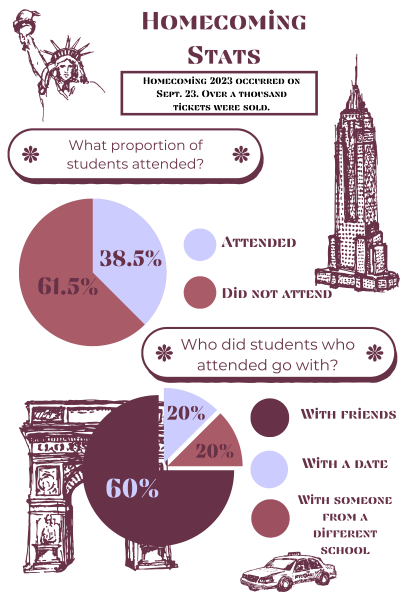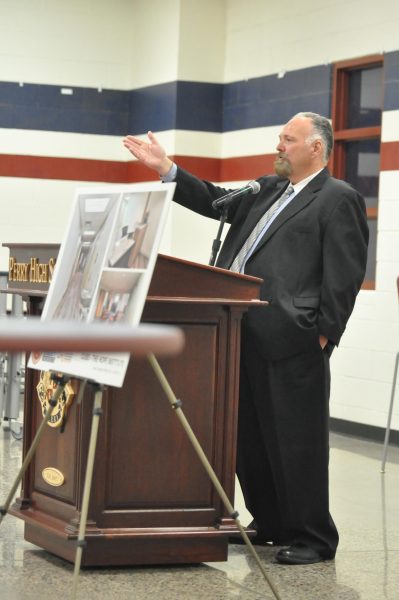A royal occasion: King Charles III’s coronation
On May 6, 2023, King Charles III and his wife Camilla were crowned the King and Queen Consort of the United Kingdom. Following the official ceremony, days worth of celebrations ensued.
On May 6, 2023, Prince Charles III and his wife Camilla were officially crowned the King and Queen Consort of the United Kingdom. King Charles III began acting as leader of the Commonwealth following his mother, Queen Elizabeth II’s, death on Sept. 8, 2022; however, his new status was not made official until the recent coronation at Westminster Abbey in London, England. The coronation was the first to take place in nearly 70 years, and while the ceremony has maintained many of its ancient traditions, much has changed in the last seven decades, as can be expected.
A procession from Buckingham Palace to Westminster Abbey, a royal church, began at 10:20 am in the Diamond Jubilee State Coach, which was recently built in 2012 to mark 60 years of Queen Elizabeth II’s reign. Nearly 4,000 invited guests watched from the stands outside Buckingham palace, while thousands more watched from screening sites. Inside the church itself more than 2,200 guests were in attendance representing 203 different countries (BBC News).
The ceremony began at 11:00 am and consisted of five different stages: the recognition, the oath, the anointing, the investiture, and the enthronement. The new king pledged to uphold the law and the Church of England and in return, his family and the people of England gave their respect and pledged their allegiance to him. Following the completion of King Charles III’s five-stage coronation, Queen Consort Camilla was crowned and enthroned, however, unlike her husband, she was not required to take an oath (BBC News).
The King and Queen Consort then took the Holy Communion and rode back to Buckingham Palace to greet the crowds, a customary tradition since 1902 (BBC News). This was only the second coronation in history to be publicly broadcasted and the quality of the image has improved vastly from the late queen’s coronation back in the 1950’s, inviting those at home to be a greater part of the historic event.
While the Saturday of the coronation itself was reserved mainly for watching the ceremony, celebrations all around the nation took place on Sunday, May 7. In what has come to be known as the “big lunch,” picnics and street parties took place across the U.K. During the evening, a concert headlined by Katy Perry, Lionel Richy, and the boy band Take That was enjoyed by everyone celebrating. After a weekend full of parties, the following Monday was made a public holiday and citizens were encouraged by the new king to volunteer and give back to the community (CBS News).
While the majority were celebrating, several hundred “Not My King” protesters could be seen marching around London. Wearing bright yellow ponchos to make themselves easily identifiable during the rainy weather, they chanted “Down with the crown!” calling for the abolishment of the monarchy and establishment of an elected head of state. While the hope of the protesters is that Charles III will be the last king, a monarchy steeped in tradition is unlikely going anywhere in the near future (The Washington Post).
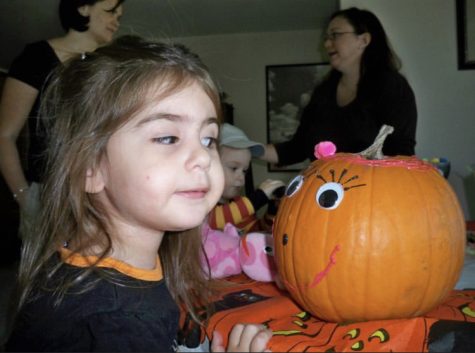
Julia Carvalho is the Editor-in-Chief for The Precedent. Julia is an aspiring journalist and hopes to travel the world as a writer. Julia enjoys crafting,...

